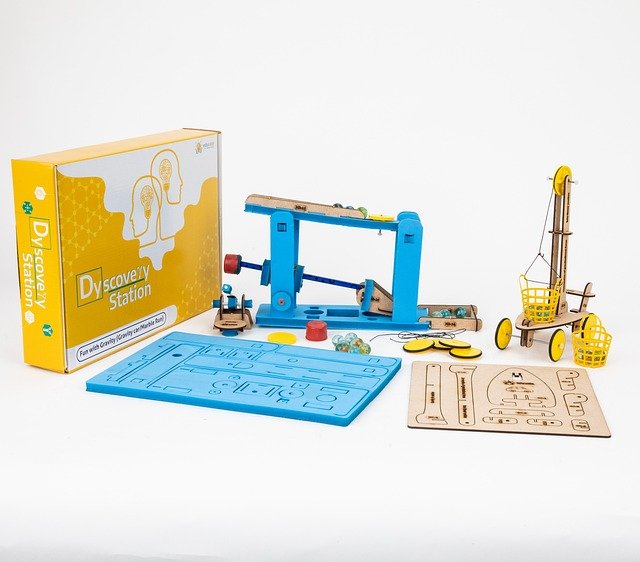Introduction:
In today’s educational landscape, hands-on learning has emerged as a powerful pedagogical approach to engage students and deepen their understanding of STEM (Science, Technology, Engineering, and Mathematics) concepts. STEM kits play a pivotal role in facilitating hands-on learning experiences, providing students with the opportunity to explore, experiment, and problem-solve in real-world contexts. This article examines the significance of hands-on learning and the transformative impact of STEM kits in education.

Engaging Students in Active Learning:
- STEM kits offer students the chance to actively engage with STEM concepts through hands-on experimentation and exploration. By manipulating materials, conducting experiments, and building projects, students become active participants in their learning journey, fostering a deeper understanding of complex scientific principles and engineering concepts.
Fostering Curiosity and Inquiry:
- Hands-on learning with STEM kits encourages curiosity and inquiry-driven exploration. As students encounter challenges and obstacles during experiments, they are prompted to ask questions, make predictions, and seek solutions—a process that promotes critical thinking, problem-solving, and scientific inquiry skills. STEM kits provide a supportive environment for students to explore their interests and discover the joy of discovery.
Bridging Theory and Practice:
- One of the key benefits of hands-on learning with STEM kits is its ability to bridge the gap between theoretical knowledge and practical application. By engaging in hands-on activities, students can see firsthand how abstract concepts manifest in the real world. Whether building circuits, constructing models, or conducting experiments, students gain valuable insights into the relevance and applicability of STEM concepts in everyday life.
Promoting Collaboration and Communication:
- STEM kits often involve collaborative projects that require students to work together, communicate effectively, and share ideas. Collaborative learning experiences foster teamwork, communication skills, and interpersonal relationships—essential skills for success in the 21st-century workforce. Through collaboration, students learn to leverage each other’s strengths, brainstorm creative solutions, and learn from their peers.
Cultivating Creativity and Innovation:
- Hands-on learning with STEM kits nurtures creativity and innovation by encouraging students to think outside the box and explore new possibilities. Whether designing prototypes, engineering solutions, or conducting experiments, students have the freedom to experiment, iterate, and innovate—a process that fosters creativity, resilience, and adaptability.
Enhancing Equity and Inclusivity:
- STEM kits can help level the playing field and promote equity in STEM education by providing all students with access to hands-on learning experiences. Regardless of background or prior experience, students can engage with STEM concepts in a supportive and inclusive environment. STEM kits empower students to take ownership of their learning and pursue STEM interests irrespective of gender, ethnicity, or socioeconomic status.
Conclusion:
Hands-on learning with STEM kits offers a dynamic and engaging approach to STEM education, empowering students to become active learners, critical thinkers, and problem-solvers. By fostering curiosity, inquiry, collaboration, and creativity, STEM kits play a vital role in preparing students for success in an increasingly complex and technology-driven world. As educators continue to harness the power of hands-on learning, STEM kits will remain a cornerstone of innovative and effective STEM education strategies.



